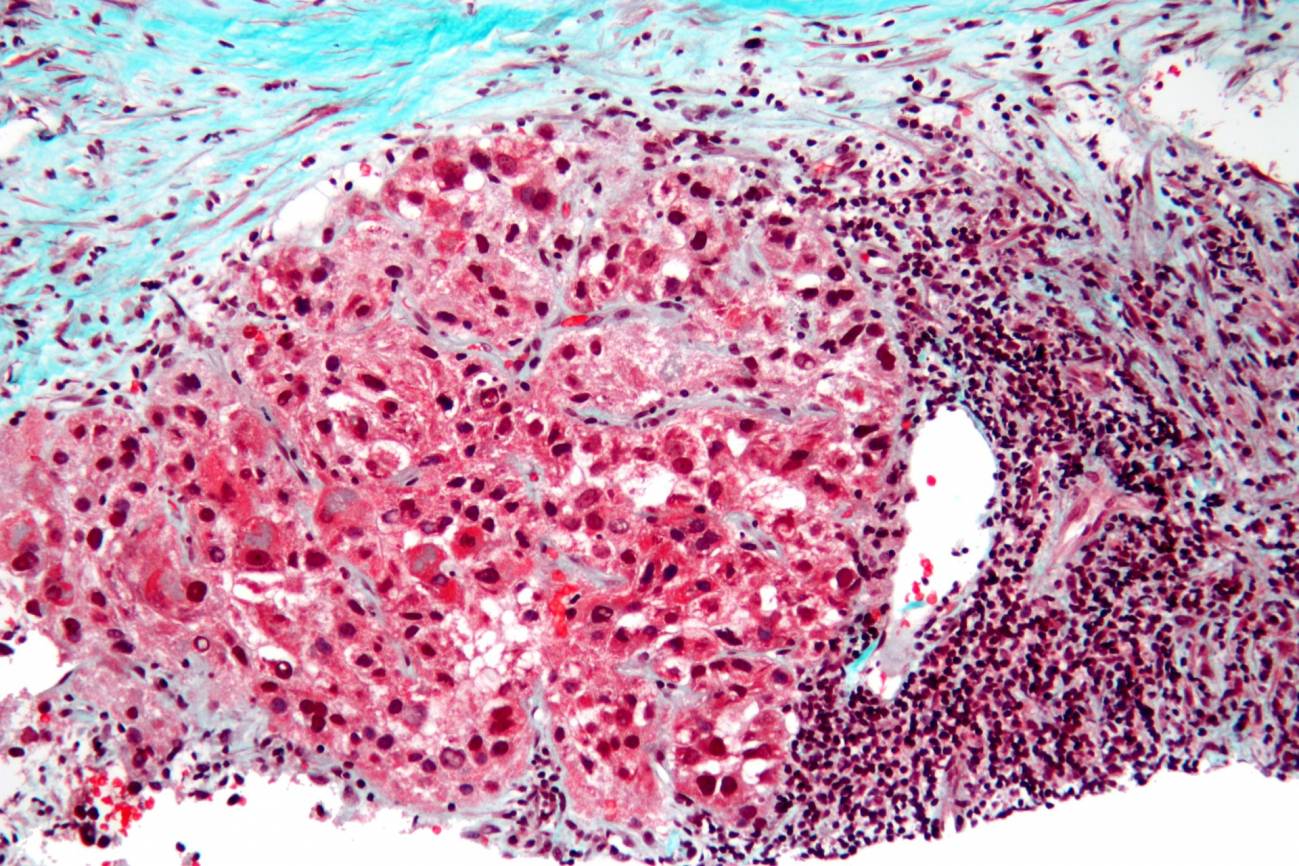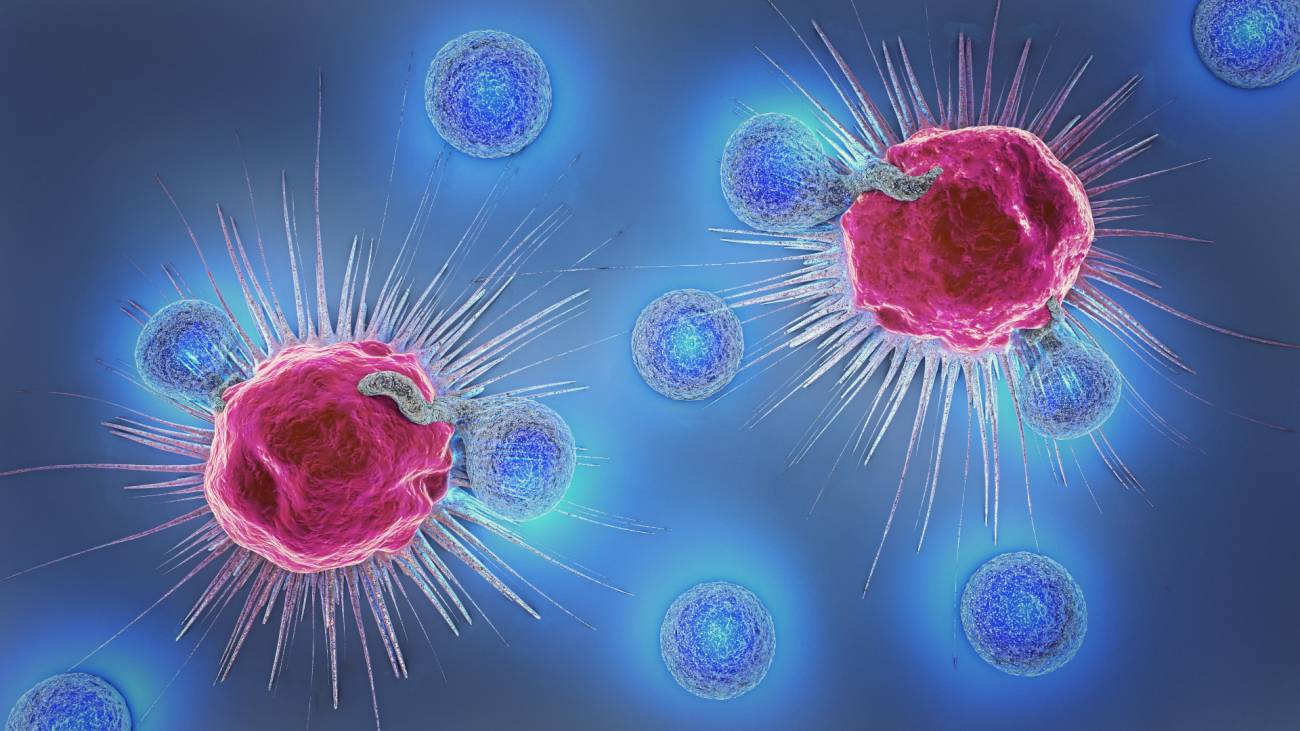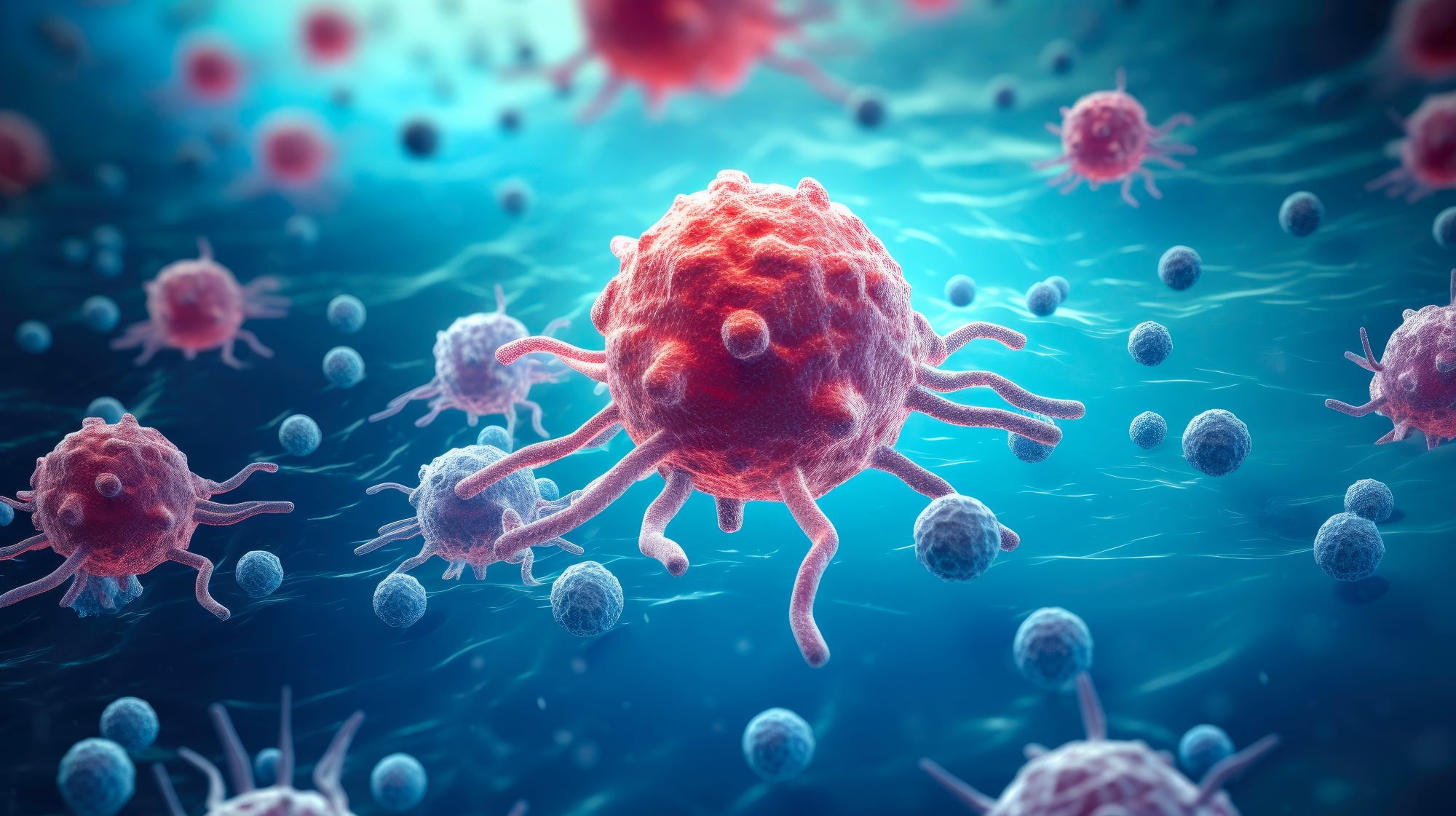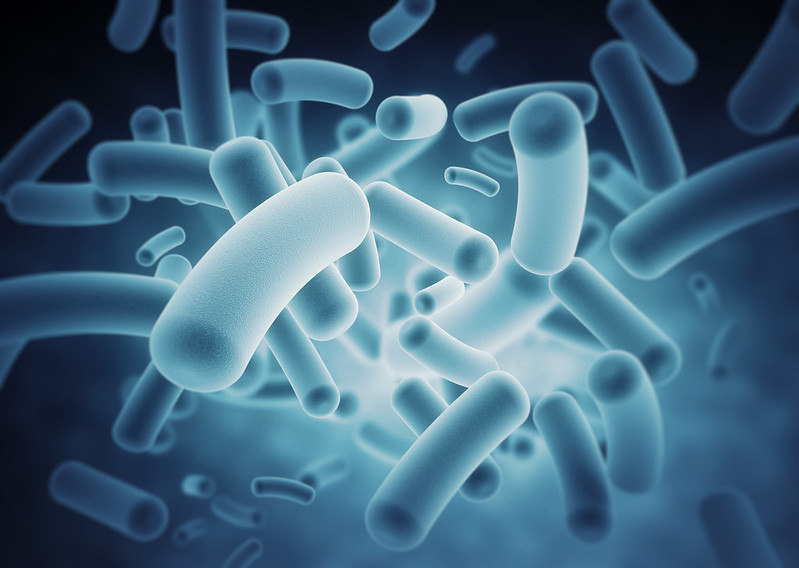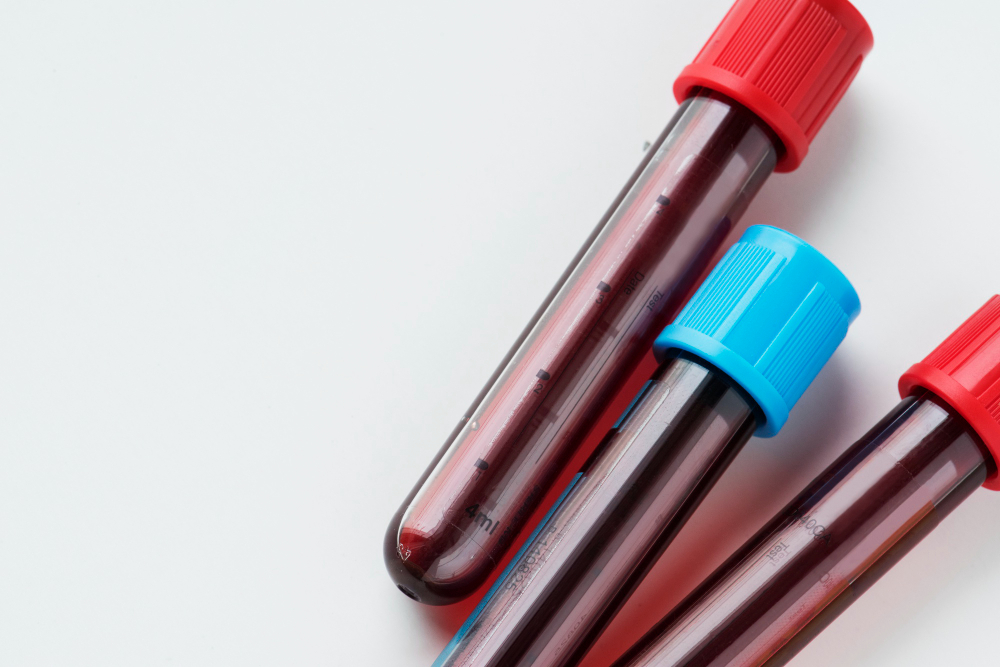Microproteins found exclusively in liver cancer, which could be used for vaccine design
Research led by the Hospital del Mar Research Institute (Barcelona) and involving researchers from CIMA (University of Navarra) and Pompeu Fabra University (Barcelona) has revealed the existence of microproteins present almost exclusively in hepatocellular carcinoma, the most common form of liver cancer. These structures, which appear to be found in a significant percentage of patients, could be used to develop specific vaccines against this type of tumour. The results are published in the journal Science Advances.
